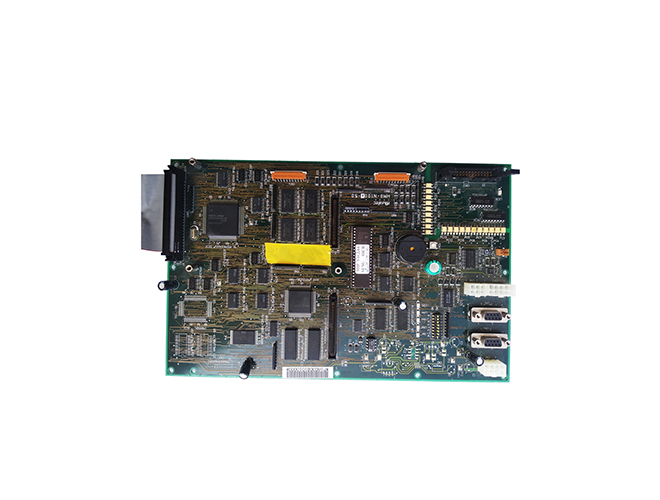-
CN
-
Service Hotline
+8618129931046 Mr. Liao


Time:2025-07-01 Views:1

The hybrid pressing process for multi - layer boards is a sophisticated manufacturing technique that combines different types of materials and processes to achieve specific performance requirements, such as enhanced electrical properties, mechanical strength, and thermal stability.
At the core of the hybrid pressing process is the selection and combination of various PCB materials. Different laminates, prepregs, and copper foils with distinct characteristics are used. For example, high - frequency laminates like Rogers or Taconic materials may be incorporated in areas where high - speed signal transmission is required, due to their low dielectric loss and stable electrical properties at high frequencies. On the other hand, traditional FR - 4 laminates are often used for general - purpose layers to provide cost - effective mechanical support and basic electrical insulation. By strategically placing these different materials within the multi - layer board structure, designers can optimize the overall performance of the PCB.
The process begins with the preparation of individual layers. Each layer, including the core laminates and prepreg layers, is cut to the appropriate size and shape. Copper foils are then laminated onto the surfaces of the core layers using heat and pressure. The prepreg layers, which are partially cured epoxy - resin - impregnated fiberglass sheets, act as adhesives during the pressing process, bonding the different layers together. In the hybrid pressing process, the order and combination of these layers are carefully planned. For instance, a multi - layer board may have a structure where high - frequency laminates are sandwiched between FR - 4 layers, with prepreg layers in between to ensure a strong bond.
During the pressing stage, the assembled layers are placed in a press and subjected to high pressure and controlled temperature. The heat activates the resin in the prepreg layers, causing them to fully cure and form a solid bond between the layers. The pressure ensures uniform adhesion and helps to eliminate any air bubbles or voids within the structure. The specific temperature and pressure profiles are carefully calibrated based on the materials used and the desired final properties of the multi - layer board. For example, materials with higher melting points or more complex curing requirements may require longer pressing times and higher temperatures.
After the pressing process is complete, the multi - layer board undergoes further processing steps, such as drilling holes for vias, plating the vias to create electrical connections between layers, and applying surface finishes. The hybrid pressing process enables the production of multi - layer boards with unique combinations of properties. It can be used to create boards with improved signal integrity for high - speed digital and analog circuits, increased mechanical strength for rugged applications, and better thermal management capabilities. This versatility makes the hybrid pressing process a valuable technique in the manufacturing of advanced multi - layer PCBs for a wide range of industries, from telecommunications and aerospace to consumer electronics.